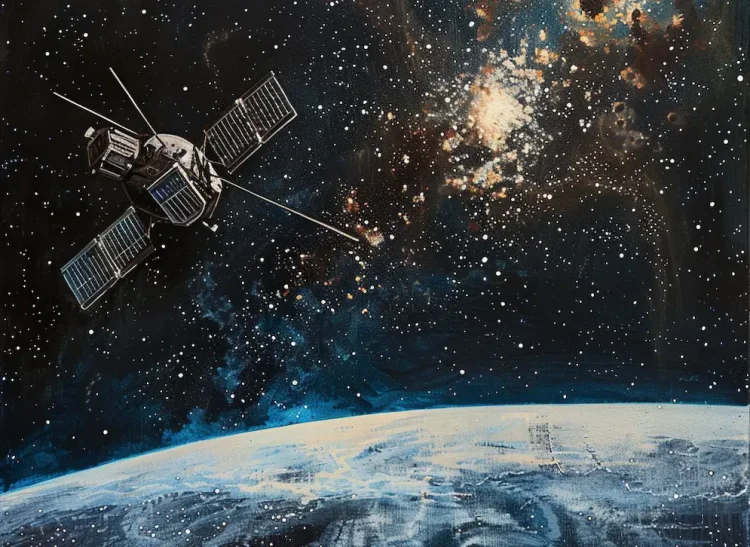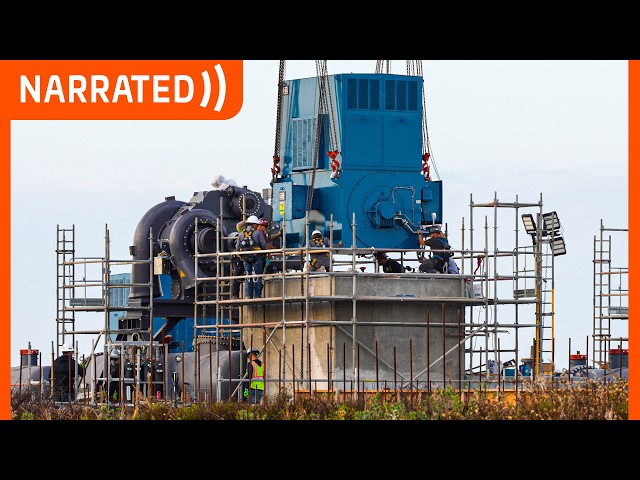The rapidly expanding satellite internet sector is about to witness a new player from China challenging Elon Musk’s Starlink. Shanghai Lanjian Hongqing Technology Company, commonly known as Hongqing Technology, has announced its plans to launch a large-scale satellite constellation named Honghu-3, setting the stage for a fierce competition in the burgeoning market of global satellite internet.
Starlink’s Current Dominance
Elon Musk’s Starlink, a project under SpaceX, has successfully launched around 5,784 satellites as of April 24, 2024. The company aims to expand this number to an ambitious 42,000 satellites, promising to deliver affordable internet access to remote and underserved regions across the globe. Starlink’s extensive constellation currently dominates the low Earth orbit (LEO) satellite internet market, offering unprecedented connectivity solutions.
Emerging Chinese Competition
However, the monopoly of Starlink might soon face a significant challenge. Hongqing Technology, with strong ties to the private rocket manufacturer Landspace, is poised to enter the global satellite internet race. The company has filed for permission with the International Telecommunication Union (ITU) to deploy the Honghu-3 constellation across 160 orbital planes.
Although specific timelines for the satellite launches have not been disclosed, industry insiders are abuzz with speculation. The Honghu constellation represents the third major initiative by China to establish substantial satellite constellations in space. Previous notable projects include the national Guowang plan and the G60 Starlink initiative.
Technological Advancements and Strategic Expansion
Hongqing Technology, headquartered in Shanghai, is renowned for its advanced propulsion systems using Hall thrusters. The company plans to enhance its capabilities by establishing a new satellite production facility in Wuxi City. Their Jinqu-200 krypton Hall effect thruster has already been successfully tested on the Honghu-2 satellite, which was launched last December with Landspace’s Zhuque-2 rocket.
Shanghai: A New Space Development Hub
Shanghai is rapidly emerging as a key center for commercial space development, bolstered by projects like G60 Starlink and China’s overarching strategy for leading satellite internet infrastructure. Several Chinese commercial rocket companies, including Space Pioneer, Galactic Energy, and iSpace, are also gearing up to launch their satellite constellations, intensifying the competition.
Landspace’s Revolutionary Zhuque-3 Rocket
Landspace is making notable progress with its Zhuque-3 rocket, designed to be reusable and constructed from stainless steel. Fueled by methane and liquid oxygen, Zhuque-3 is expected to conduct its maiden flight in 2025. This rocket is anticipated to carry payloads or satellites totaling around 21,000 kg, enhancing China’s capacity for large-scale satellite deployments.
New Commercial Spaceport and Increased Launch Capacity
In alignment with these ambitious plans, China is constructing a new commercial spaceport near Wenchang. This facility will significantly boost China’s launch capabilities, meeting the growing demands of these extensive satellite constellations.
Challenges and Concerns
While the race for dominance in the satellite internet market intensifies, it brings with it certain challenges. The increasing number of satellites poses a threat to astronomical observations due to light pollution and potential interference. Astronomers are concerned that the brightness of these satellites will hinder the observation of celestial objects, complicating efforts to capture clear images of the night sky.
Additionally, the sheer volume of satellites increases the risk of collisions in LEO, a concern that grows as more satellites are launched. With thousands of Starlink satellites already in orbit and plans for tens of thousands more, the potential for orbital congestion and collision risks is a growing issue.
Conclusion
As China’s Hongqing Technology prepares to challenge Starlink with its Honghu-3 constellation, the satellite internet market is set for dynamic changes. This burgeoning competition could drive technological advancements and broaden global internet access, but it also necessitates careful consideration of the accompanying astronomical and orbital challenges. The coming years will be critical in shaping the future landscape of global satellite internet services.









